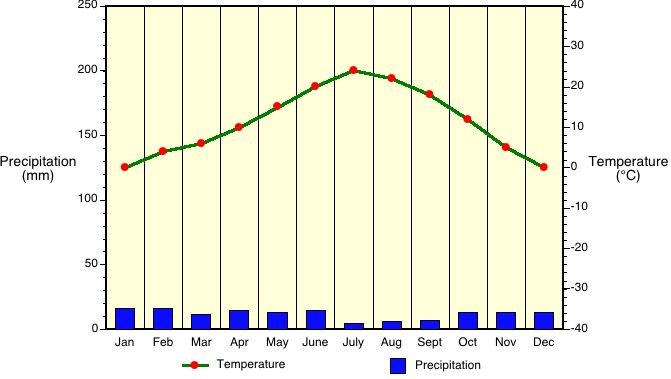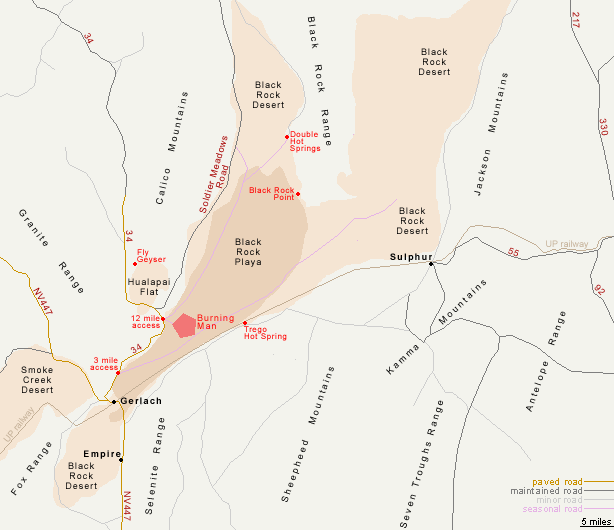The vast open space offered by the playa has been thousands of years in the making. What we see today is an entirely different landscape that existed over a million years ago. This land was once underneath part of the ocean, slowly forming lakes when the climate warmed and the moisture levels and tectonic shifting were instrumental in changing the shape of the terrain. Located where there were high levels of volcanic activity, the land shifted and moved, forming mountains that we now see the remains of as the Sierra Nevada mountain range. At the deepest, this ancient lake was close to 500' deep, as evidenced by the wave built terraces that can be seen around the playas edge.
 |
| Wave cut terraces surround the playa, which is to the right of the mountain in the background. M Bilbo photo. |
The lake area was located in what is now Nevada, which are formations called horst and grabens. Horst being the uplifted part of the land and the grabens being the lower part of the land. The playa was formed in a graben, which is why it is surrounded by the small mountain ranges all around it. Over time, the tectonic processes slowed down, the mountain ranges were forming and becoming stable to the lakes west. Moisture slowly being evaporated and blocked by the mountains, drying up the lake over thousands of years. The soils began to form dessication polygons on top of the layers of silt, clay and minerals.
 |
Dessication polygons form when moisture is non-existent for long periods of time. Photo Delores Cates.Landscape of Black Rock Desert 1,000 years from now
In 1,000 years from now, the Black Rock Desert will become an increasingly extreme climate, which is evident from global temperature fluctuations due to processes such as changing wind patterns movement of the continental plates. Temperatures increasing in the Southwest part of North America will cause extreme draught conditions in places like California, melting the snowpack in the Sierra Nevada Mountains. This loss of moisture in the mountainous areas will cause more wildfires, which will alter the land and cause different types of erosion to happen. Increased use of the land by humans for recreation in the past will have taken its toll on the playa, stirring up the dust so that the winds form dunes made up of this lakebed material.
Landscape of Black Rock Desert 10,000 years from now
Black Rock Desert 10,000 years from now will start to change. The mounds created from the winds and loose sediment would get larger, covering the playas surface and allowing the growth of fauna. The creation and movement of these playa mounds would attract migrating birds because of the food supply the ancient crustaceans in the soil and the vegetation would provide.

This photo illustrates the type of mounds that are becoming more abundant over the playas surface.
Delores Cates photo. Landscape of Black Rock Desert 1,000,000 years from now
The mounds and increasing moisture due to erosion in the Sierras will increase the vegetation around the playa and spread slowly. The addition of plant life back into the area will have a cooling effect, and the winds from the west over the ocean will also bring more precipitation to allow for more plant life to grow. More moisture will activate the dormant Branchiopods, which will feed on the newly formed plant life.
Conclusion
The desert landscape of the Great Basin area in North America wasn't always a desert and may not always be one. The changing processes of the earth have proven that the surface we see now may not exist exactly like it has over the last 100 or 1000 years. Movement of landforms by erosion and weathering can cause dramatic shifts and climate will continue to affect the rate at which these processes happen.
Sources
http://www.ipcc-wg2.gov/publications/SAR/SAR_Chapter%203.pdf
http://www.dri.edu/component/content/article/180-dees-extended-research/1597-dynamics-of-the-black-rock-playa-relationships-between-use-physical-processes-and-biological-environments
|




